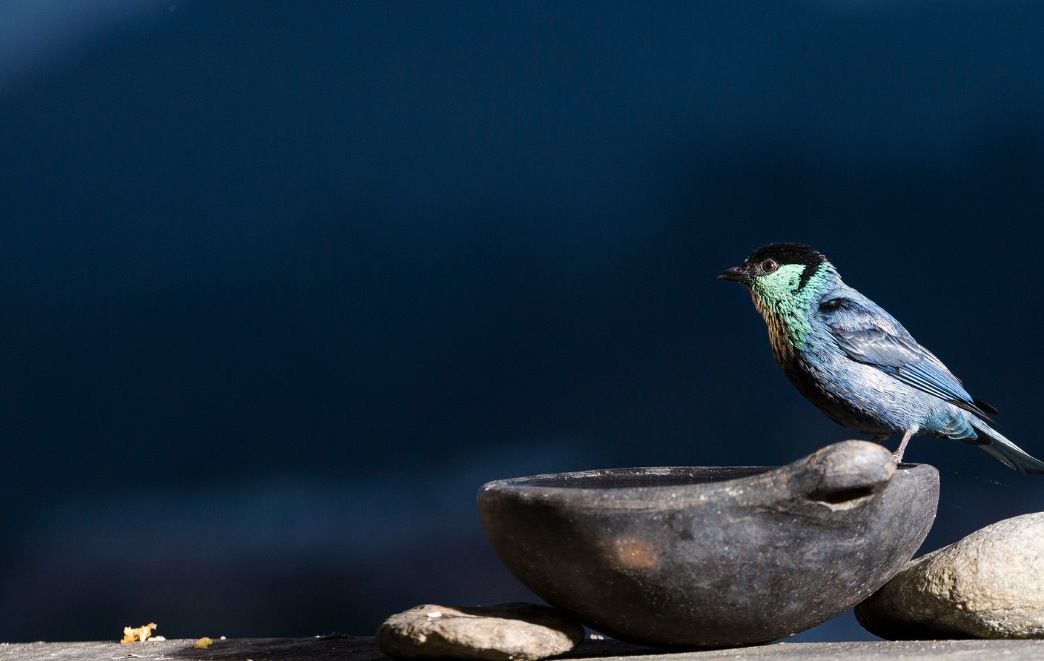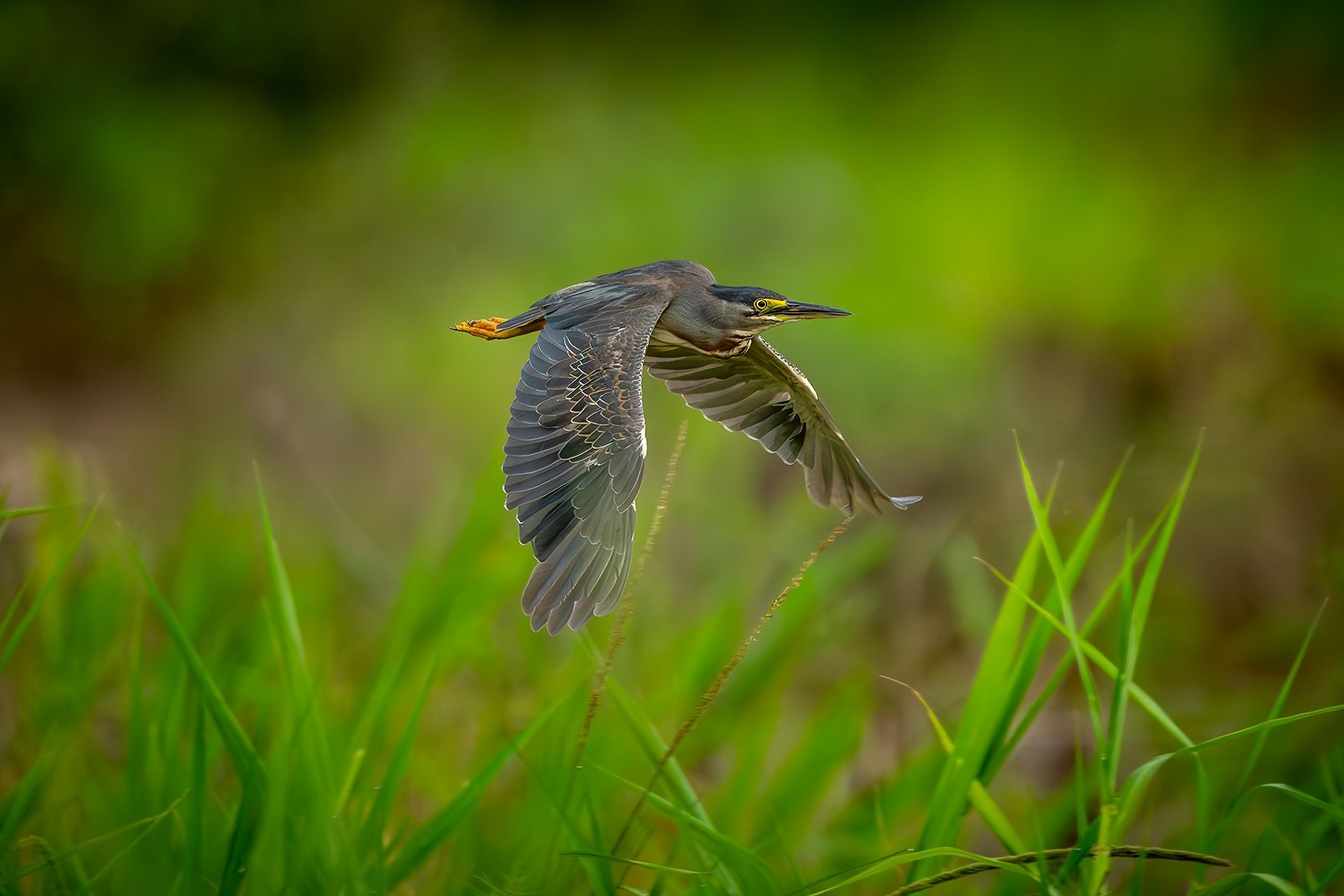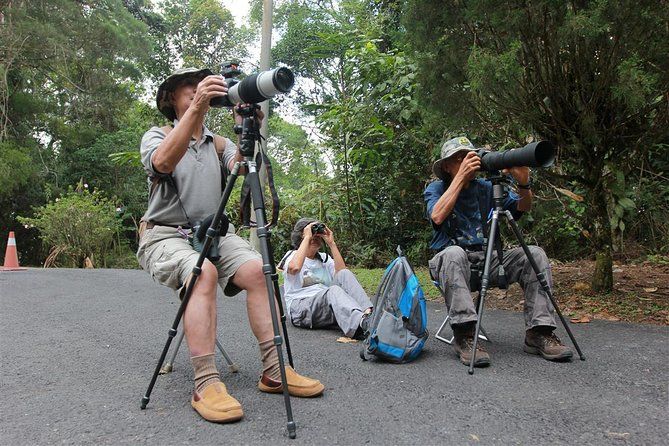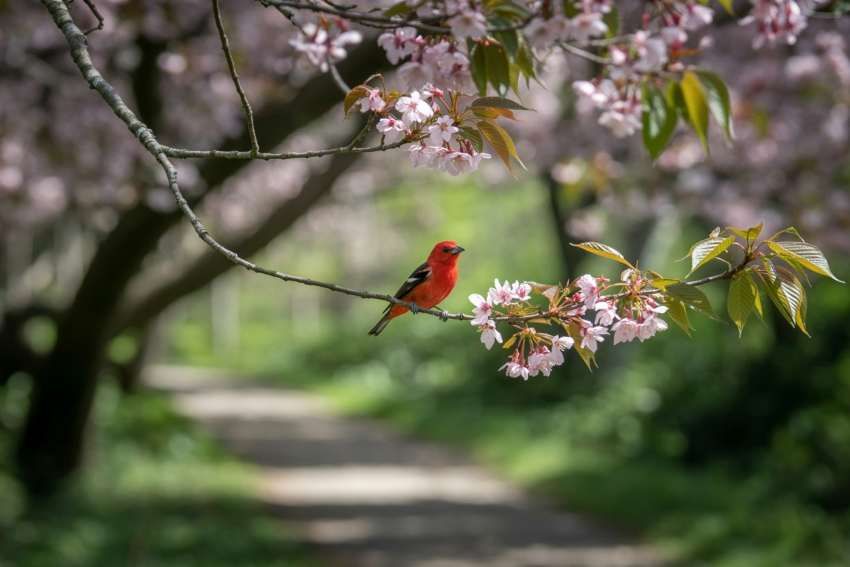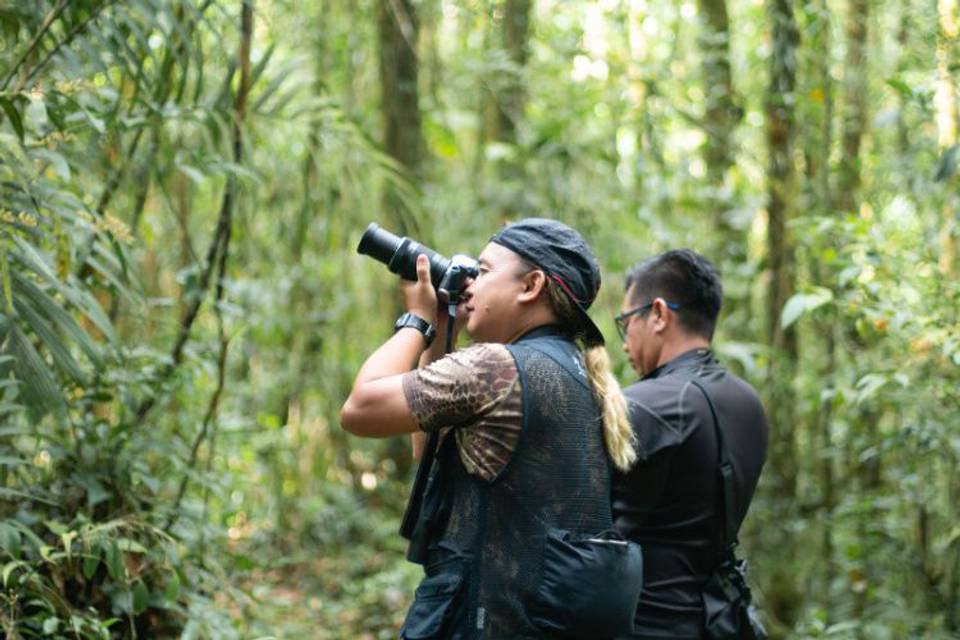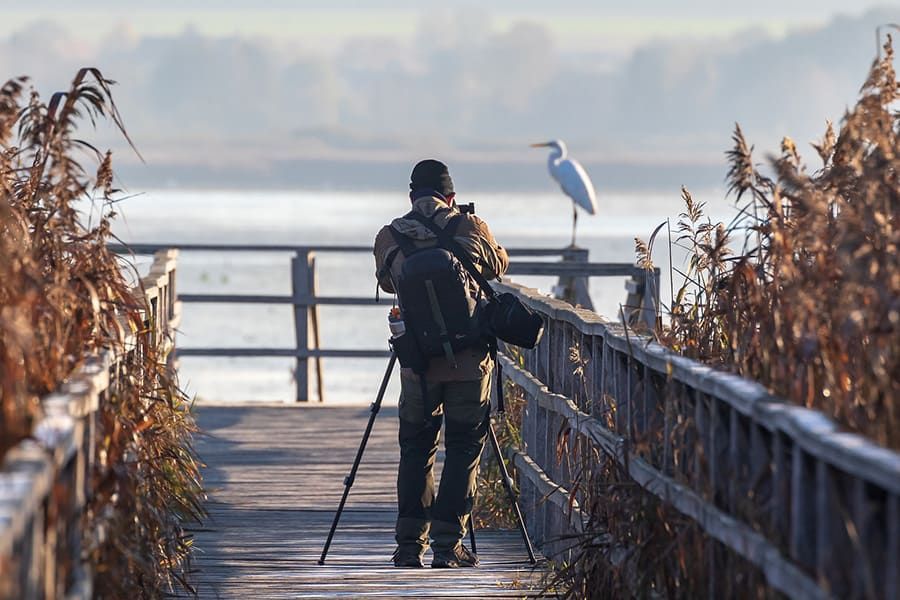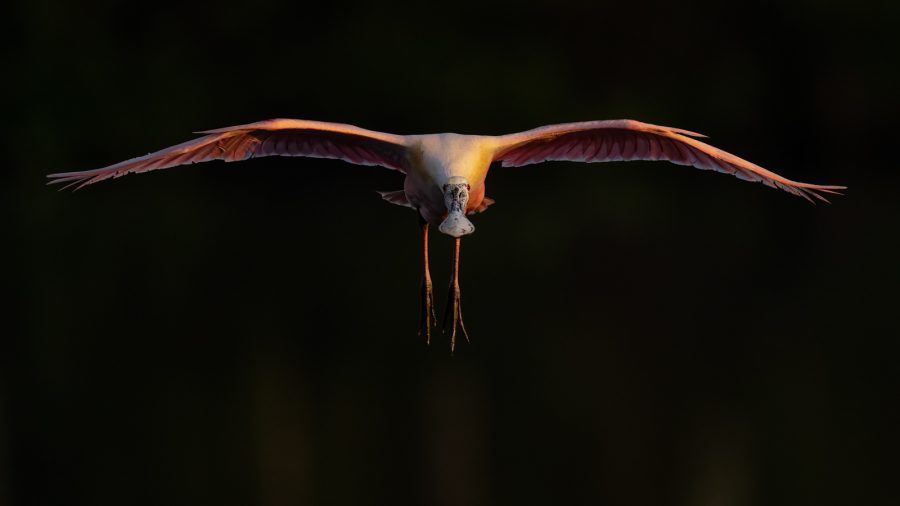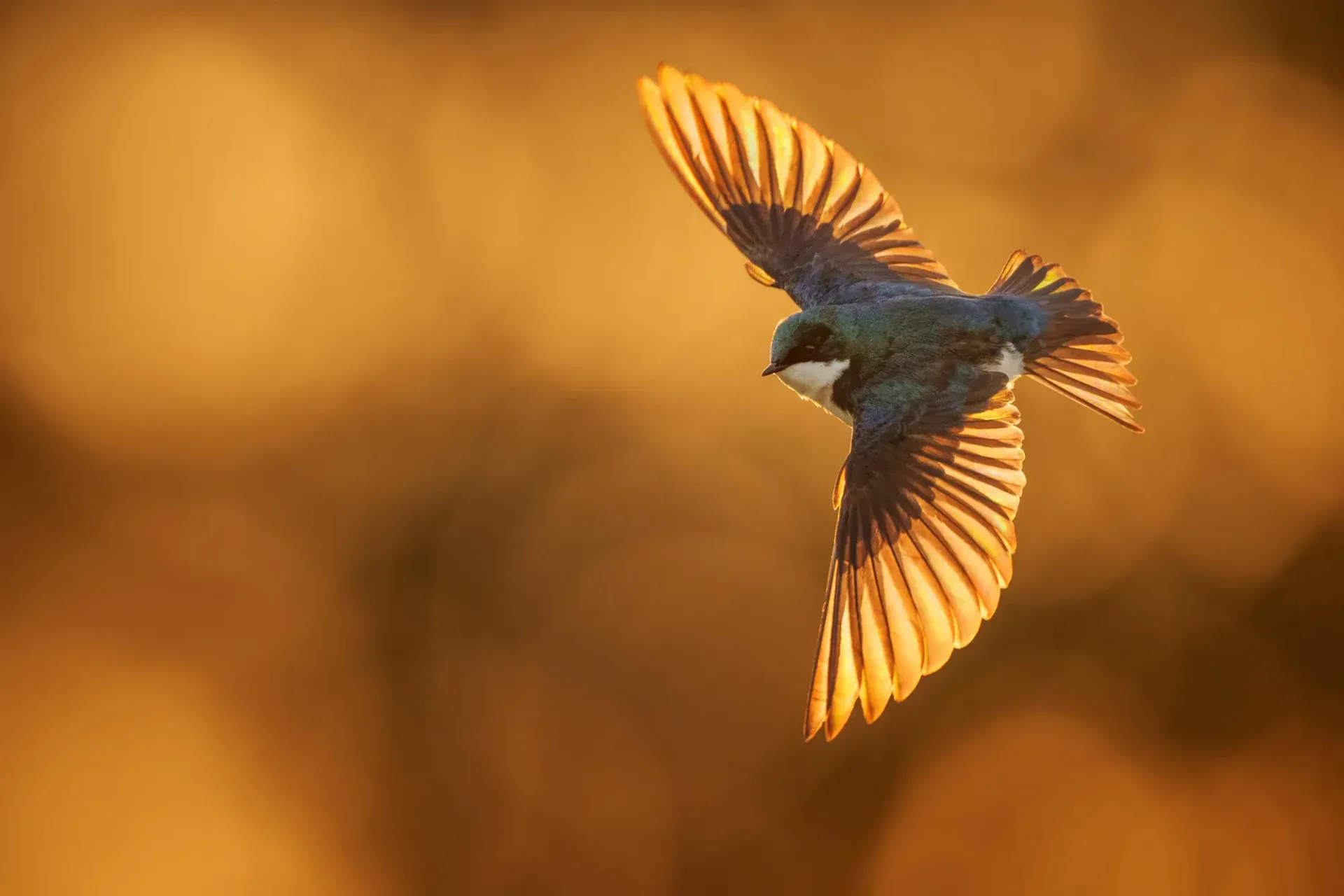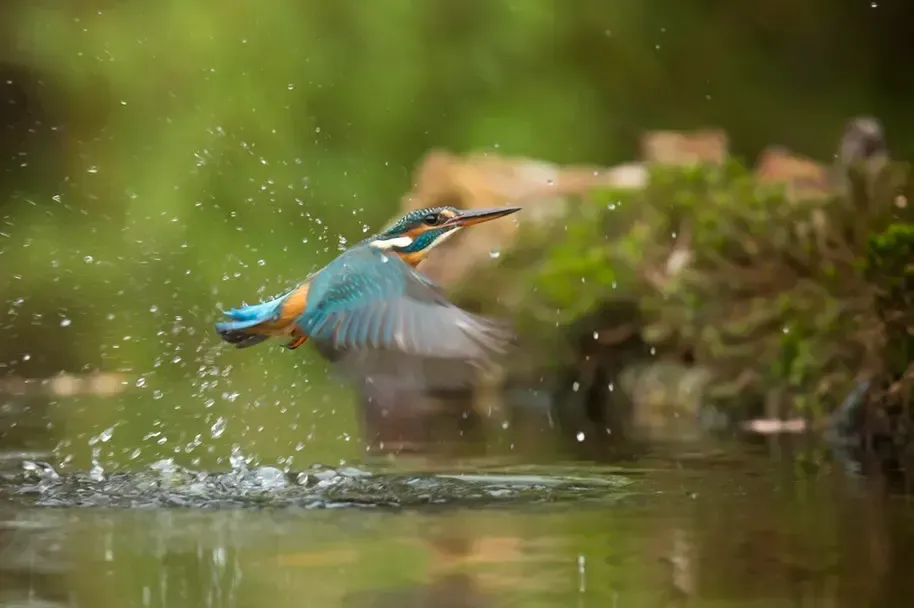Colombian Hospitality for International Bird Photographers: What to Expect
Colombian Hospitality for International Bird Photographers: What to Expect
When bird photographers from around the globe think of Colombia, they immediately picture its dazzling biodiversity—nearly 2,000 bird species, more than any other country in the world. But what many don’t expect is that the true magic of birding in Colombia lies not only in its feathered wonders but also in the warmth of its people. Hospitality in Colombia is as vibrant and colorful as its birds, and for international photographers, the experience often goes far beyond field guides and photography tours.
Colombians welcome visitors with open arms, blending cultural traditions, modern comforts, and genuine friendliness that make every trip unforgettable. From small rural villages near cloud forests to bustling cities with world-class hotels, photographers can expect to be treated like honored guests wherever they go.
This article explores the layers of Colombian hospitality for international bird photographers—what you’ll encounter, how it enhances your birding journey, and why many leave feeling not only enriched by birds but also connected to the heart of Colombia.
The Warmth of Colombian Culture
Colombia is often described as a country of smiles, and international visitors consistently remark on how genuine those smiles are. This warmth is especially evident in regions where bird tourism has become part of local life. Families running eco-lodges or small birding reserves see international photographers not only as clients but as friends.
Hospitality here is personal. Expect to be greeted by name, offered a hot cup of freshly brewed Colombian coffee, and treated as part of the household. It’s not uncommon for hosts to share stories of their families, traditions, or even local legends about the birds you are photographing.
For bird photographers accustomed to more transactional tourism in other parts of the world, this cultural openness is refreshing. It creates a sense of belonging that turns a trip into a relationship.
Rural Lodges: Home Away from Home
Many birding hotspots in Colombia are located in rural areas, often near cloud forests, páramos, or lowland rainforests. Here, eco-lodges and family-run accommodations are the backbone of hospitality.
At these lodges, the experience often feels like staying in someone’s home. Rooms may be simple but clean and comfortable, with breathtaking views of mountains or forests. Meals are often prepared with local ingredients, sometimes from the lodge’s own garden. It’s not unusual for a host to prepare a dish specific to the region and explain its cultural significance.
Photographers frequently mention how these meals become highlights of the trip. Sitting down after a morning of shooting hummingbirds or tanagers, you’re served a traditional ajiaco soup, fresh arepas, or tropical fruits you may never have tasted before. These shared meals foster camaraderie among international travelers and deepen appreciation for Colombian culture.
City Comforts: World-Class Service
While rural lodges offer intimacy and authenticity, Colombia’s cities provide comfort and convenience for international travelers. Cities like Bogotá, Medellín, and Cali have developed strong hospitality industries, with hotels that cater to bird photographers before and after tours.
Expect modern amenities: spacious rooms, fast Wi-Fi for uploading photos, and concierge services that understand bird tourism needs. Many hotels in birding gateway cities partner with local tour operators, making logistics smooth. Staff often go out of their way to provide early breakfasts or packed meals for photographers heading out at dawn.
The balance between rustic rural lodges and modern city hotels ensures photographers get both cultural immersion and reliable comfort throughout their journeys.
A Country That Values Its Guests
One of the reasons hospitality feels so special in Colombia is because tourism is relatively young here compared to other birding hotspots. For decades, much of Colombia was inaccessible due to conflict. As peace and stability have grown, tourism has blossomed, and Colombians see visitors as not just tourists but as symbols of progress.
This perspective influences how international bird photographers are treated. Guests are deeply appreciated, and locals are eager to share their culture, landscapes, and birds. Many guides and lodge owners view bird tourism as a path to conservation and community development, which makes the interactions even more meaningful.
Guides as Cultural Ambassadors
Professional birding guides in Colombia are more than experts on bird calls and habitats—they are cultural ambassadors. International photographers often comment on how guides bring birds to life not only by pointing them out but also by connecting them to Colombian traditions and folklore.
For example, while spotting a Andean Cock-of-the-Rock, a guide may share how local communities see the bird as a symbol of courtship rituals. When photographing an Emerald Toucanet, a guide might explain its role in indigenous storytelling. These narratives add layers of meaning to photographs, turning them from mere images into cultural stories.
Guides also act as bridges between rural communities and international travelers. Many speak fluent English or other languages, making them invaluable for facilitating conversations that might otherwise be lost.
Hospitality in the Field: Beyond Lodges and Hotels
Colombian hospitality isn’t confined to accommodations. You’ll often encounter warmth in the field itself. Farmers open their lands to visiting photographers, sometimes setting up feeders or perches for better viewing. Families may welcome groups to their property with coffee or snacks, proud to share their slice of paradise.
In some birding hotspots, local communities have collectively organized to host international visitors. They rotate responsibilities for maintaining trails, guiding, or preparing meals, ensuring that the benefits of tourism are widely shared. For photographers, this means every stop is infused with a sense of community.
Food as an Expression of Hospitality
For many international bird photographers, Colombian cuisine is an unexpected delight. Beyond providing energy for long days in the field, meals become opportunities for cultural discovery.
Expect tropical fruits like lulo, guanábana, and maracuyá, fresh juices with every meal, and hearty dishes that vary by region. On the Caribbean coast, fish and coconut rice dominate; in the Andes, you’ll find rich soups and corn-based foods.
Food in Colombia is more than sustenance—it’s a form of welcome. Hosts take pride in ensuring their guests are well-fed, often offering second helpings or packing snacks for hikes. For photographers, this warmth translates into feeling cared for at every step of the journey.
Safety and Comfort: A Priority for Hosts
Another aspect of Colombian hospitality is the emphasis on making international visitors feel safe and comfortable. In the past, concerns about safety overshadowed Colombia’s tourism potential. Today, local hosts are acutely aware of these perceptions and go above and beyond to ensure peace of mind.
Transportation is arranged with trusted drivers, lodges provide clear safety guidelines, and guides remain attentive to every detail. For photographers carrying expensive equipment, this sense of security is invaluable. It allows them to focus fully on their craft without distraction.
Stories of Hospitality from Retorno Photo Tours
An Unexpected Birthday Celebration
During one Retorno Photo Tour, a participant from Canada happened to have a birthday while in a rural lodge. To his surprise, the hosts baked a cake using local ingredients and gathered the group for a small celebration. The simple gesture became one of the highlights of his trip, showcasing the depth of Colombian hospitality.
The Extra Mile in the Andes
In another case, a photographer from India fell ill at high altitude in the páramos. The lodge owner not only provided herbal tea and blankets but also personally accompanied the group to a nearby clinic to ensure proper care. The participant later shared that this kindness turned a stressful moment into a story of compassion he would never forget.
Coffee Shared at Sunrise
In the Sierra Nevada de Santa Marta, a family maintaining hummingbird feeders invited participants into their kitchen for an early-morning coffee while they waited for the sun to rise. The informal gathering, full of laughter and cultural exchange, left as strong an impression as the photographs taken that day.
What International Photographers Can Expect
- Warm Greetings Everywhere – Expect genuine friendliness whether you’re in a city hotel, rural lodge, or a family home near a birding hotspot.
- Personalized Care – Hosts often anticipate needs, from early breakfasts to safe transport, ensuring every detail is covered.
- Cultural Exchange – Be ready to learn about traditions, food, and local folklore tied to birds.
- Community Spirit – Many birding experiences are supported by entire villages or families, creating a shared sense of hospitality.
- Lasting Friendships – Beyond logistics, many visitors leave with new friends, staying connected long after their trips.
Why Hospitality Matters in Bird Photography
For photographers, comfort and warmth translate directly into better experiences. Long days in the field can be exhausting, and the reassurance of a welcoming lodge or caring guide makes all the difference. Hospitality allows photographers to focus on their art, immerse themselves in nature, and return home with not only images but also cherished memories.
Moreover, hospitality fosters cultural connection. International photographers often find themselves reflecting on the kindness they experienced just as much as the birds they photographed. In reviews and stories, the human element is often highlighted alongside the natural wonders.
Conclusion: More Than Birds, It’s About People
Colombia may be the bird capital of the world, but its hospitality is what turns a photography trip into a life-changing journey. For international bird photographers, the country offers not only extraordinary biodiversity but also extraordinary kindness.
Whether it’s a family-run lodge serving homemade meals, a guide sharing stories of bird folklore, or a community welcoming you into their land, the warmth of Colombia enhances every photograph you take. Birds may be the reason you come, but it is the people who make you want to return.
When you join a photography tour in Colombia, especially with groups like Retorno Photo Tours, you are not just booking a birding trip—you are stepping into a culture of hospitality where every smile, meal, and story becomes part of your journey.
And that is the beauty of Colombian hospitality: it turns bird photography into something much bigger. It turns it into connection, memory, and belonging.


